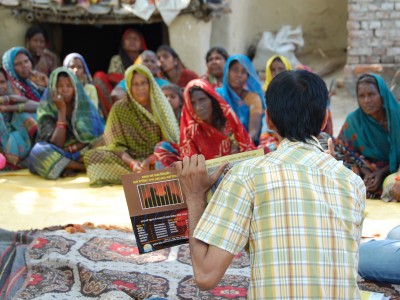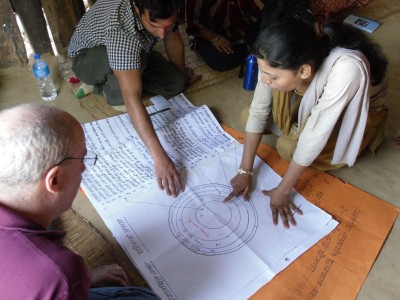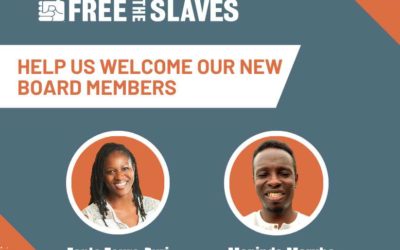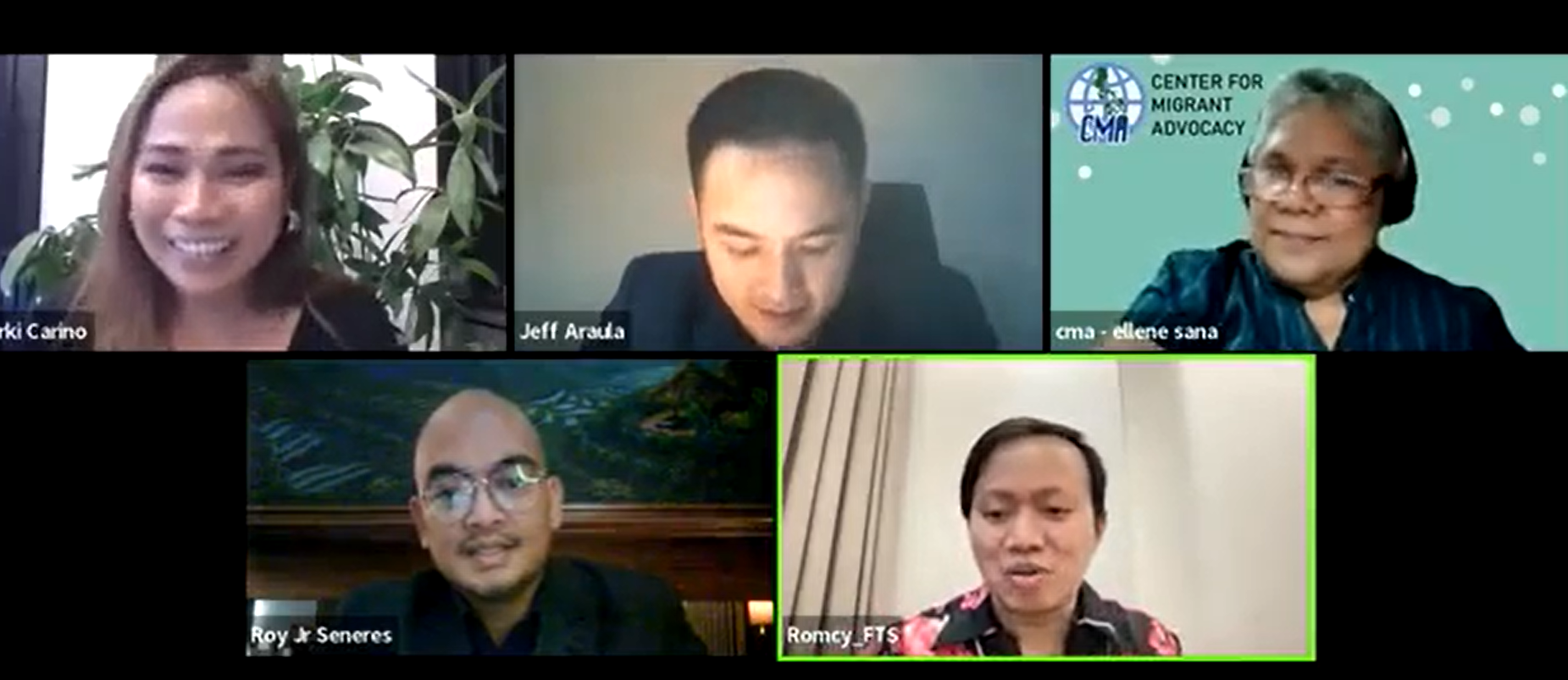Dear Friends,
I recently completed my first 100 days as executive director of Free the Slaves.
During my first weeks on the job, I spent most of my time reaching out to stakeholders: staff, board members, donors, peer organizations, policy makers and other FTS friends.
These conversations have helped me develop a portrait of Free the Slaves that I want to share with you. I hope to engage you in an ongoing conversation about how to help FTS flourish.
Think of Free the Slaves as a triangle, the three sides being field programs, thought leadership and advocacy.
Field Programs: Our field programs in Brazil, Congo, Ghana, Haiti, India and Nepal are the frontline. Here, we work to prevent slavery, rescue the enslaved, help freed slaves rejoin families and communities, and promote the prosecution of slaveholders and traffickers. In all our programs we work with and through local organizations, building their long-term capacity to fight slavery. Through our programs, we are educating vulnerable populations about their rights, as well as how to resist the schemes and blandishments of traffickers and slaveholders. We are catalyzing collective action by communities to resist slavery and rescue those enslaved. And we are encouraging local authorities to implement the laws that reduce vulnerability to slavery and punish criminals.

Activist with FTS frontline partner group MSEMVS educates Indian villagers about their rights. | Photo: FTS/FitzPatrick
I have seen the power of our field programs: mothers and children reunited, men freed from bondage, entire communities slavery-free and slavery-resistant, local officials alerted and mobilized.
In 2012, we helped free more than 1,750 slaves, reached almost 700 communities, educated more than 14,000 villagers in our slavery prevention program and trained more than 1,500 government officials on how to more effectively combat slavery. In addition, our work led to the arrest of 123 alleged traffickers. I am proud of the fact that Free the Slaves is a global leader in implementing grassroots programs against slavery.
The challenge we face is one of scale. We are helping scores of thousands whereas the need is in the millions. We need to expand in the countries in which we currently operate and open new fronts in the fight against slavery. This will require a qualitative leap in resources from our supporters and new strategies that expand programs at successively lower cost.
Thought Leadership: Our field programs are fueling learning. With 13 years of experience, FTS has built an impressive body of knowledge about what works and what doesn’t in the fight against slavery. For example, we have developed great models for training partners, educating communities and mobilizing protection committees at the village level. We are preparing to share those lessons as part of our contribution to the global anti-slavery movement.
Measuring change in the magnitude of slavery remains very challenging for the anti-slavery movement. Slavery and trafficking are criminal enterprises where the perpetrators do their best to remain in the shadows. FTS is launching efforts to pioneer new and better ways to assess progress at the local level.

Nepali activists with FTS frontline partner group WOSCC brief Maurice on local anti-slavery strategy. | Photo: FTS/McClure
Advocacy: Learning from our field programs provides the basis for evidence-based advocacy. Free the Slaves is very well positioned to be an advocate for vigorous government action because we bring experience to the table. Appropriate — and vigorously implemented — laws and regulations, as well as adequate government funding, are essential to combating slavery.
FTS has joined with other organizations in the field and in the U.S. to urge policy makers to adopt good policies and provide sufficient funding. Recently, we played a critical role in the reauthorization of the Trafficking Victims Protection Act, the law that underlies the U.S. government’s programs against slavery.
The next challenge for advocates is securing adequate funding. The resources currently being invested in combating slavery are paltry. Rhetoric is not enough. Accountability is needed. Free the Slaves will shoulder its part of the campaign for resources and accountability.
Field programs, thought leadership and advocacy: These are the pillars of the Free the Slaves strategy to eradicate slavery. In the months to come, I will share via this blog our successes and challenges – and how our supporters can help.



